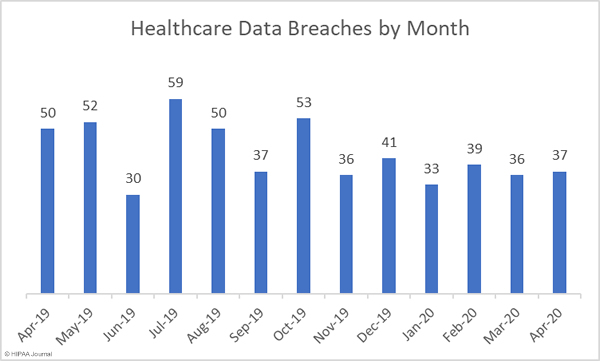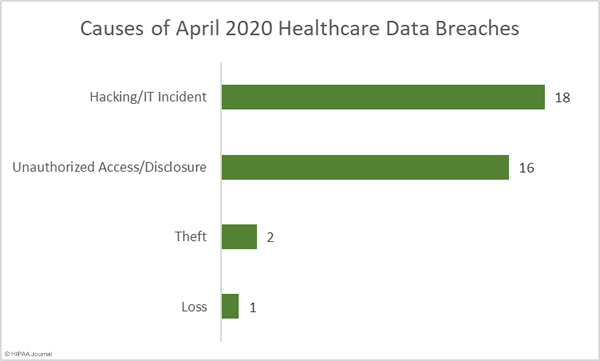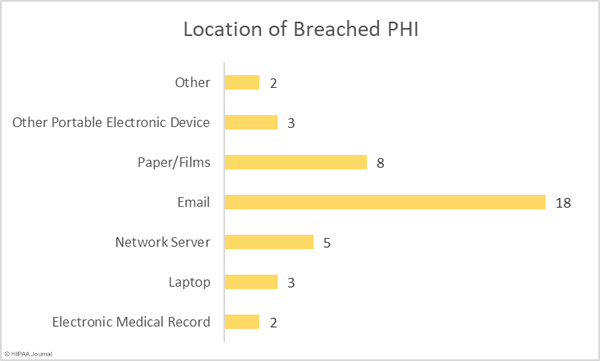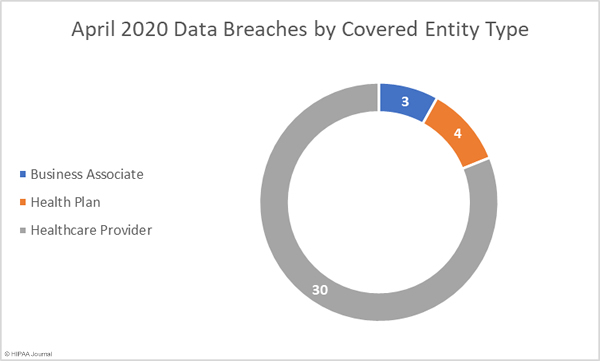The Senate Health, Education, Labor, and Pensions (HELP) Committee is considering which of the 31 recent changes to telehealth policies should be kept in place when the COVID-19 national public health emergency comes to an end.
The temporary changes to policies on telehealth have served to expand access during the COVID-19 public health emergency. These changes were necessary to help prevent the spread of COVID-19 and ensure that Americans are given easy access to medical services. During the COVID-19 crisis, patients have embraced the new approach and many have taken advantage of virtual visits and are using remote monitoring tools.
The June 17, 2020 Senate HELP Committee meeting was convened to explore which of the recent changes should be made permanent or at least be extended once the COVID-19 crisis comes to an end. All members of the committee supported making at least some of the recent changes permanent, with HELP Committee Chairman Sen. Lamar Alexander (R-Tenn.) advocating two permanent changes: The elimination of limitations on originating sites and the expansion of the types of providers who can be reimbursed through Medicare and Medicaid for providing virtual visits.
Sen. Alexander explained that both changes will help providers to achieve better patient outcomes, will improve patient experiences, and will help to reduce the cost of healthcare provision. There is wide support for these two changes to be made permanent. “As dark as this pandemic has been, it creates an opportunity to learn from and act upon these three months of intensive telehealth experiences, specifically what permanent changes need to be made in federal and state policies,” said Sen. Alexander. He suggested that were it not for the pandemic, the recently introduced changes may not have occurred for a further 10 years. It is too early to tell whether the telehealth changes have had any significant effect on patient outcomes, but they have certainly helped to improve access to healthcare services.
The University of Virginia (UVA) experienced a 9,000% increase in virtual visits between February and May, according to Karen Rheuban, M.D., director of the UVA Center for Telehealth. Sen. Alexander explained that Ascension Saint Thomas had gone from providing around 50 telehealth visits a year to more than 30,000 per month between April and May. Between April and May, telehealth accounted for around 45% of all visits.
The HHS’ Office for Civil Rights announced a Notice of Enforcement discretion covering the platforms that could be used for providing telehealth services during the public health emergency. Aside from public-facing platforms, apps that would not normally be permitted under HIPAA could be used for telehealth. While the move was necessary, it is one of the changes that requires closer scrutiny moving forward to ensure the privacy and security of healthcare data is not placed at risk.
The expansion of telehealth services has not proven to be a great equalizer, as many people lack the technology to take advantage of telehealth services. “The disparities in access to technology reflect the underlying inequity that exists throughout society,” said Sen. Tina Smith (D-Minn), a view shared by Karen Rheuban, M.D., who suggested “Congress should provide support for further broadband deployment, including to the home, as appropriate, to reduce geographic and sociodemographic disparities in access to care.”
There was strong support for reimbursement for telephone visits to be continued. At Massachusetts General Hospital and Brigham and Women’s Hospital, 60% of telehealth visits took place over the telephone in the past 3 months. “Telephone visits are important to cross the digital divide. We should continue that level of reimbursement to address this underserved population,” said Joe Kvedar, president of the American Telemedicine Association.
In addition to advocating for permanent changes to originating site limitations, Kvedar recommended giving the HHS the flexibility to expand the list of practitioners and therapy services eligible for telehealth reimbursement and to continue the grant and technical assistance programs and also cover infrastructure needs.
There is a commonly held view among providers that the decision to continue offering telehealth is largely dependent on reimbursement rates for telehealth. If reimbursement is lower for virtual visits, that may prevent providers from continue offering telehealth over in-person visits. Sen. Mike Braun (R-Ind) suggested that there should not be pay parity due to the differences in overheads. Sen. Bill Cassidy (R-La.) also questioned whether reimbursement should be equal when telehealth reduces providers’ overhead costs.
While access to telehealth has been expanded for Medicare and Medicaid patients, changes also need to be made in the private sector. “It would be very difficult to conduct this care model in a world where we got some payment for some things and didn’t get paid for others,” suggested Kvedar. “As much harmonization as possible would be huge incentive for adoption and expansion,” said Rheuban.
The post Senate HELP Committee Considers Permanent Changes to Telehealth Policies appeared first on HIPAA Journal.




